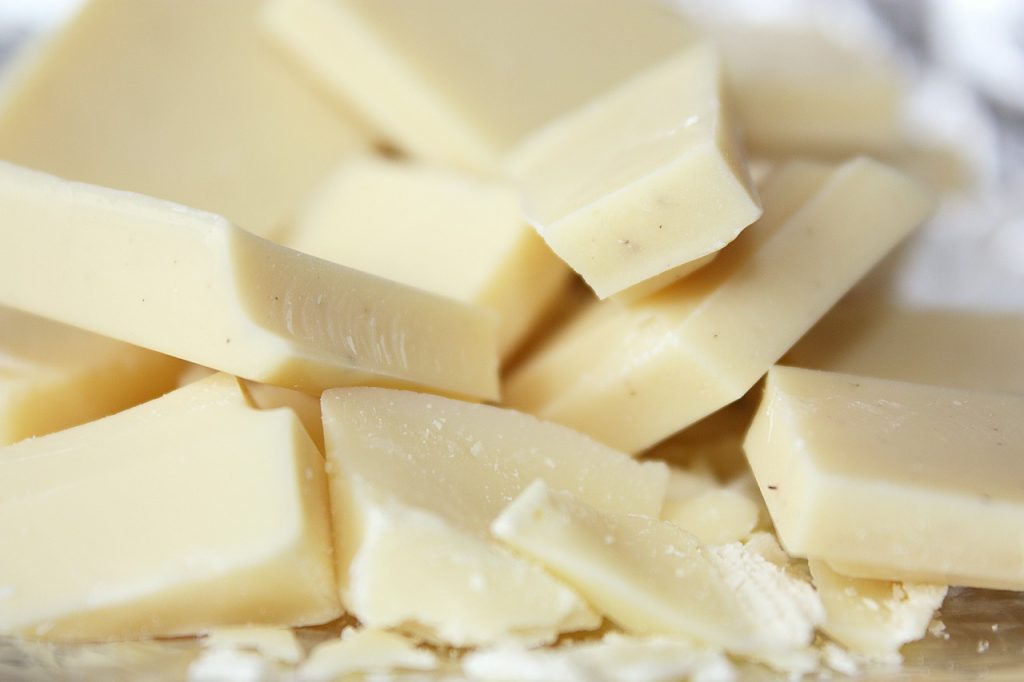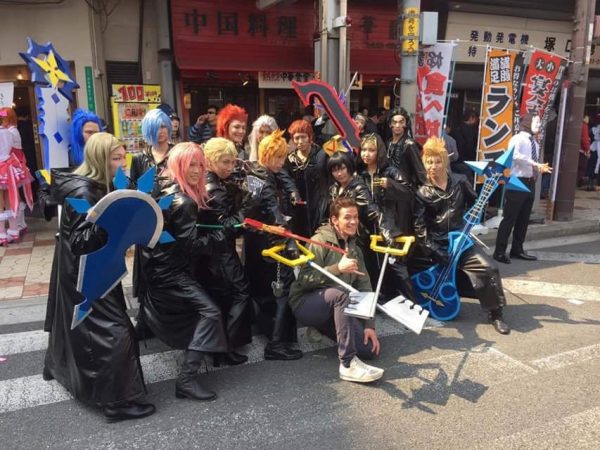Some people say Japan’s full of healthy food. We say: have you tried living here? After all that ramen, gyoza, deep fried food and then some dessert on top, you might feel like cutting back.
Lucky for you, Japan’s also got dieting aids to try. Everything you can think of, from protein and diet supplements to… okay, at the other end of the scale it gets weird. Some ‘diet-friendly’ things you can buy in Japan seem crazy. And yet people use them!
Disclaimer: try some out for fun if they interest you, but we’re not recommending any item or technique here as a serious diet method. That’s why we called them ‘crazy’.
Fizzy drinks that make you feel full
Most diet plans have you cutting out fizzy drinks straight away. Not this one.
You can find bubbly ‘diet support drink’ cans in vending machines and conbinis, next to hangover cures and vitamin shots. A famous (in Japan) example: Kobara Support. Aimed at women, and made in fun flavours like apple, muscat, and ‘collagen in yogurt’.

The bubbles expand in your tummy, to literally fill you up. So after you’ve downed a can, those hunger pangs’ll be gone. You’ll feel like you wanna eat less, or maybe not at all.
Okay, they’re under 50 calories each, and can stop you chewing your own arms off. But while you fantasise about a slimmer waist, imagine the effects on your teeth. Each 185ml can’s packing up to 6.8g of sugar. That’s as much as a full-size bottle of flavoured water.
Speaking of…
Water ‘flavouring’ cups
A total of 0 calories in water makes it the sensible diet drink. But maybe you’re not a fan of plain water. Neither are we. And nor is Japan, which puts out that limited-edition flavoured water like there’s no tomorrow.
Avoid some of that sugar content with ‘slimming cups’, also known as ‘TT cups’. They’re scented: like juice (orange, strawberry, grape, apple) or cola. You can tell which one’s which from the colour.
Y’know how, when you have a cold, things taste funny? So it goes that your sense of smell affects flavours. Drinking from these cups, giving them a good sniff, ‘tricks’ your brain into thinking plain water tastes different.

Just like with fairies, all major religions, and getting to the airport on time, you’ve got to believe for the magic to happen. Yep, if it works then the crazy thing about water flavour cups is you.
The ‘long breath’ technique
Breathing burns calories. Fact. Every breath you take burns calories. That’s your base metabolic rate in action.
‘Long breathing’ builds on the idea that controlled breathing holds more impact. This clip show you what to do. But it’s in Japanese, so we’ll explain a bit more.
Put your weight on your back foot, tense up your butt muscles, and breathe deep. In for 3 seconds, out for 7 seconds. Keep going for 2 minutes.
By triggering your metabolism, and using more muscles, it helps you lose weight. That’s the idea, anyway.
To us, the idea that breathing a bit harder and clenching your butt helps you drop pounds is hilarious. We laughed so hard, we worked our stomach muscles real good. Didn’t even stop to catch a breath.
In the 2 mins each day you’re meant to practice long breathing, think what other calorie-nuking exercises you could do. Jog a couple flights of stairs. Pedal on a bicycle. Skip. Dance to some J-Pop.
The enzyme diet
A healthy gut means a healthy body. It must do. Why else would a beer gut be such a terrible thing… Enzymes work with your gut, and the happy bacteria living in there, to keep things running smoothly.
There are 3 ways to get your daily enzyme fix, and Japan tries them all:
- Supplement pills
- Bacteria-filled drinks and juice
- Enzyme water

Somehow, that last option counts as a ‘diet’ without you eating anything. We think all diets should at least involve food. Plus the enzyme drink diet lasts a month. Duh, you’re gonna lose weight if you’ve been starving yourself for 4 weeks.
At least supplements can be taken with proper meals. And that’s how enzymes are meant to be used – to help you digest and absorb nutrients from food. Using them as a food replacement’s missing the point.
Sushi… without the rice
If your sushi shows up without rice, is it still sushi? Isn’t that just sashimi? We’ll leave that for you to decide.
Conveyor belt sushi places started serving up plates with less rice – or none at all – a while ago. It’s in response to a trend from 2016. Calorie-counting Japanese women started leaving their sushi rice behind. Unthinkable!
So, to prevent all that wasted rice, some sushi chains’ll avoid dishing it up in the first place. Kura Sushi offers half-size ‘shari puchi’ rice, and ‘shari vegetable’ sushi served on sliced veggies.

You’d think the more obvious action for weight-conscious diners would be… to eat somewhere else.
Sixpad muscle training (EMS)
They got Cristiano Ronaldo to be the face (and body) of this thing? Okay, we admit that’s impressive.
Sixpad’s inventor is Toshio Moritani, Emeritus Professor at Kyoto University. He’s published over 200 research papers, and chaired sports medicine societies in Japan and America. In science terms, this guy’s the real deal.
Over many years of research into Electrical Muscle Stimulation (EMS), Professor Moritani’s found the most effective frequency for muscle training: 20Hz. That power goes into – and comes back out of – Sixpad ab trainers and body belts. They flex your muscles, so you don’t have to.
The science behind Sixpad isn’t crazy. In fact, it makes a lot of sense. The ‘crazy’ thing about it is that it exists. Electrical muscle trainers aren’t new, and you’ve got loads to choose from. Did Sixpad swagger into a crowded market, or are the other just copycats?
Feast on cool, unusual and unique stuff from Japan
Whatever you’re craving, we’re here to help. Shop on Amazon Japan, Rakuten, and Yahoo! Auctions in English with DEJAPAN. You can request from other Japanese websites too, using our quick item request form.




